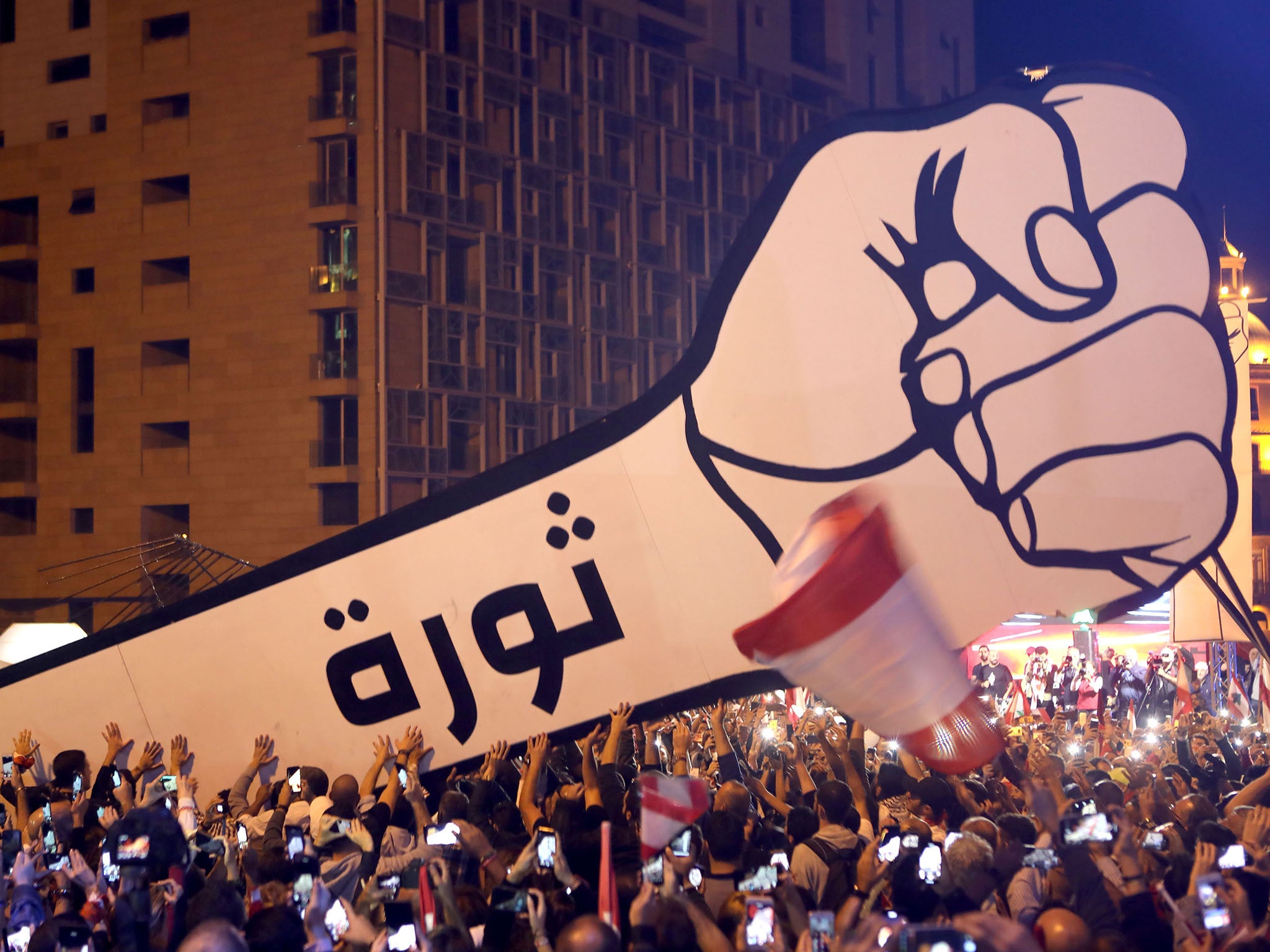Revolution on the streets of Lebanon
The lack of national solidarity, the devotion to sectarianism, the ceaseless squabbling for power, the abuse and corruption... Robert Fisk on the deep-seated and historical obstacles that have prevented the country from becoming a modern state

Democratic and non-sectarian protesters furious at administrative corruption, condemning the parliament as businessmen and landowners whose MPs could be bought and sold, demanding non-confessional elections and a popular vote for the president. So now the old cliché: does that sound familiar?
Well of course it does. But this was Beirut in November 1938, and the National and Democratic Congress had been brought together by the Lebanese Communist Party. It included Lebanon’s middle classes, economists, socialists, shopkeepers, students and even trade unionists of all religions, along with the wealthy elite opposed to the traditional "zaim'’, the big families who had dominated the country – as they still do – for more than a century. It went nowhere.
They protested the continued and oppressive mandate rule by the French – who had all along demanded a Christian president for their favourite Middle East statelet – but then came the Second World War, when the 1940 fall of France briefly handed Lebanon to Vichy rule, and the country’s "liberation'’ by the British and the Free French in 1941; after which, demands for independence from the French briefly united Muslims and Christians. They stood together as Lebanese nationalists.
Subscribe to Independent Premium to bookmark this article
Want to bookmark your favourite articles and stories to read or reference later? Start your Independent Premium subscription today.
Join our commenting forum
Join thought-provoking conversations, follow other Independent readers and see their replies